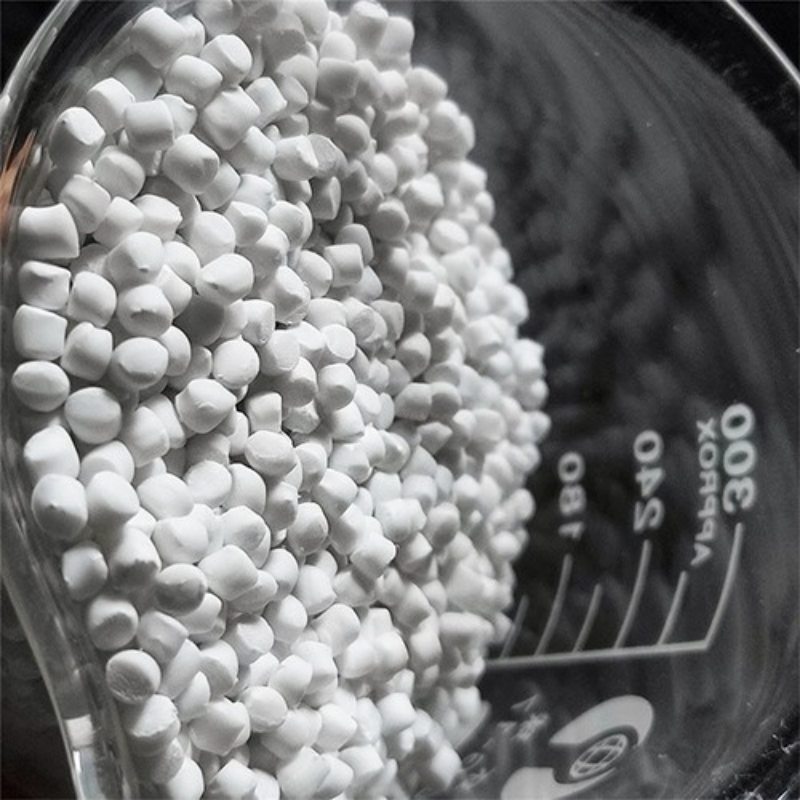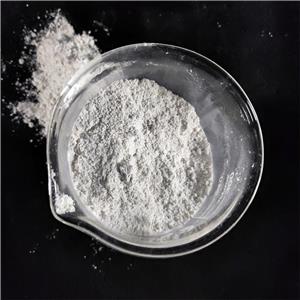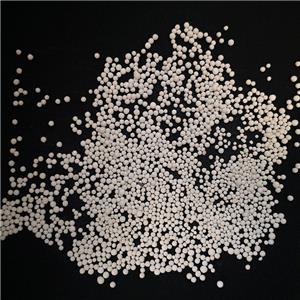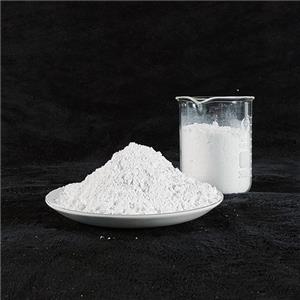What are the mineral uses of brucite?
Brucite, also known as magnesium hydroxide, has a chemical formula of Mg(OH)2. The hardness of brucite granules is about 2.5. Common brucite is a flake aggregate or a fibrous aggregate. We usually call it fiber brucite or brucite asbestos. Today, I will tell you about the use of brucite and the basic information of brucite. I hope everyone can understand brucite simply.
Application of brucite:
The application of Industrial Brucite in the industrial field: brucite can be used to extract magnesium and magnesium oxide, and brucite can be used to extract Mg and MgO. Due to the MgO content in brucite ore and its easy decomposition, products such as Mg and MgO can be extracted from brucite; the dead-burned magnesia made from brucite has the advantages of high density and high refractoriness. Because a large number of products such as magnesia-carbon bricks and magnesia-chrome bricks are used in the modern iron and steel industry; Brucite granular can also be used to manufacture light magnesium oxide: developed countries such as Europe and the United States can use certain chemical methods to obtain low-quality brucite. Light MgO can be extracted for use; at the same time, Brucite granular can also be used to make chemically pure magnesium reagents. Magnesium can be extracted by means of electric heating, which can be used to make chemically pure reagents for magnesium compounds.

The reason for the formation of brucite:
Brucite is a mineral formed by low-temperature hydrothermal erosion in dolomite or serpentinite. The crystal structure is layered, and the structure layer of the ore is ionic bond, and the layers of the structure can be maintained by phase. The single crystal of brucite presents a thick plate shape, common ones are flaky and fibrous, and it often forms the appearance of periclase.





